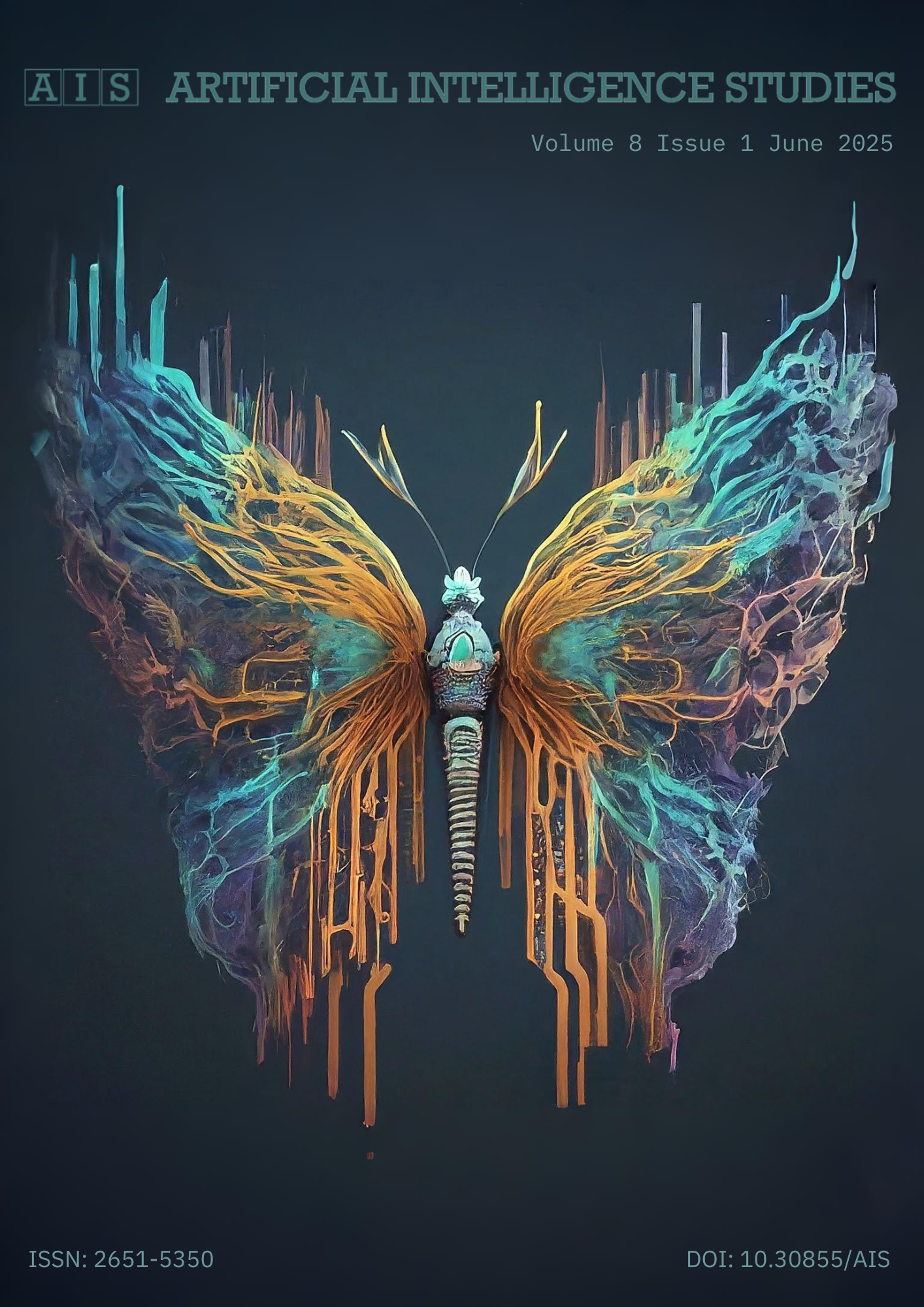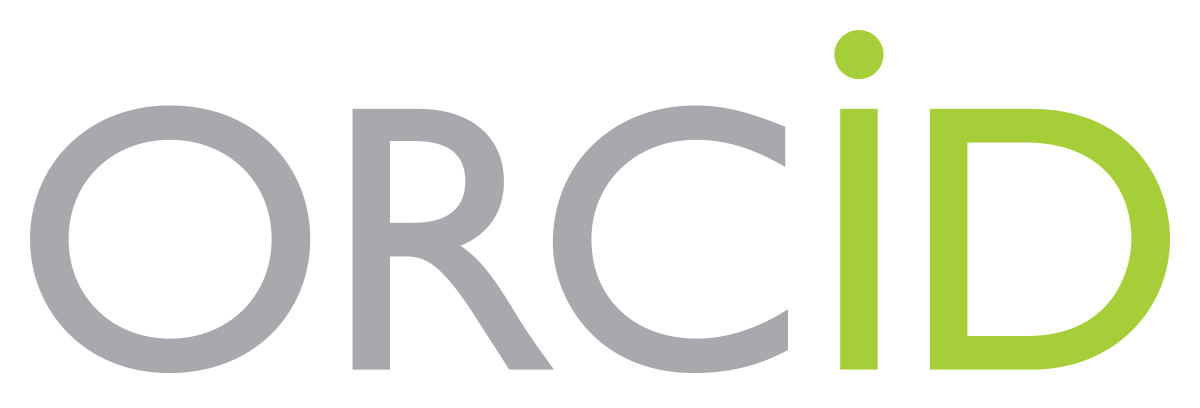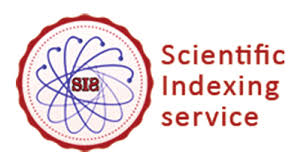Natural Language Processing Approach to Time Management for Meetings and Lectures: From Audio Recordings to Summary Listening
DOI:
https://doi.org/10.30855/ais.2025.08.01.04Keywords:
Natural language processing, text summarisation, text-to-audio, , audio-to-textAbstract
In today's business and education world, meetings are an important tool for managing projects and business processes, but they also take up a significant amount of employees' time. To solve this problem, it can be considered as a great advantage to transcribe the audio recordings of the meetings and then summarise them. Converting summaries into audio files allows employees to master the meetings by listening only to the important points and thus time savings can be achieved. This method can both increase work efficiency and help employees maintain their work-life balance. In this study, the methods of converting audio files into text, summarising the text, and speaking the summarised text using today's technologies are investigated. Firstly, the performance of Sonix, an artificial intelligence-supported speech recognition technology, is evaluated. Then, the transcription times of audio files with five different sizes of the Whisper model presented by OpenAI, namely tiny, base, small, medium, and large, were measured and compared with the original texts. For summarising the texts, Smodin, Resoomer, Summarizing Tool, Rephrase, ChatGPT3.5 and T5 artificial intelligence models and Transformers, NLTK natural language processing libraries were used to generate various summaries, and their success was evaluated with Rouge-1, Rouge-2, Rouge-L, and Meteor performance metrics. As a result of the evaluation, the most successful methods for English and Turkish meetings were determined.
Downloads
Published
How to Cite
Issue
Section
License
Copyright (c) 2025 Artificial Intelligence Studies

This work is licensed under a Creative Commons Attribution-NonCommercial 4.0 International License.
Artificial Intelligence Studies (AIS) publishes open access articles under a Creative Commons Attribution 4.0 International License (CC BY). This license permits user to freely share (copy, distribute and transmit) and adapt the contribution including for commercial purposes, as long as the author is properly attributed.

For all licenses mentioned above, authors can retain copyright and all publication rights without restriction.











